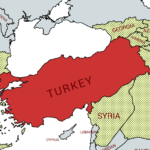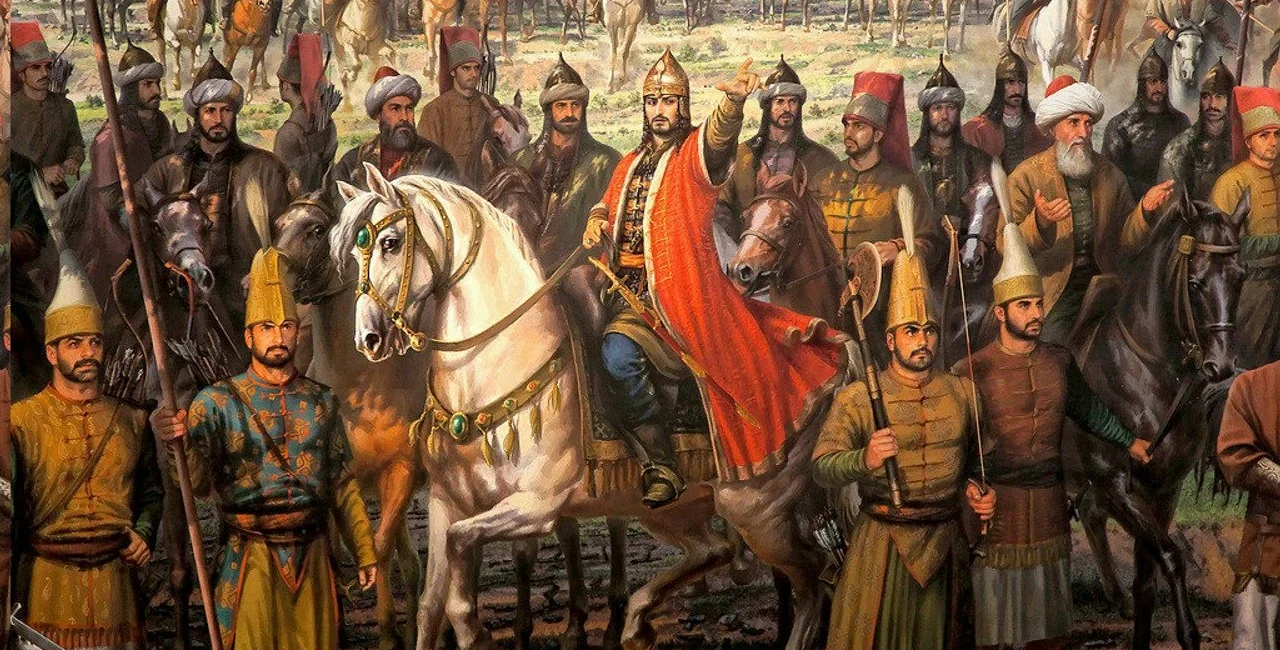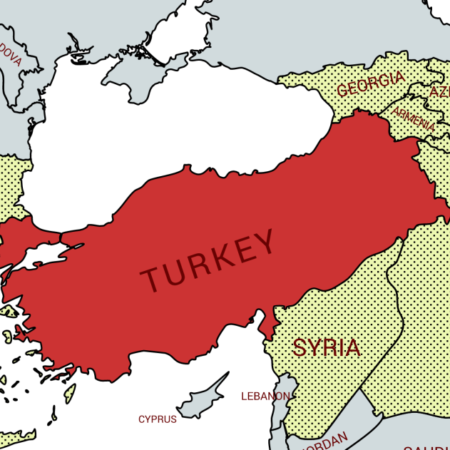The Ottoman Empire stands as one of the most influential and long-lasting empires in world history. Spanning over six centuries, its rise, expansion, and eventual decline shaped the political, cultural, and social landscapes of the Middle East, Europe, and North Africa. In this article, we will explore the key events that marked the Ottoman Empire’s history, providing a comprehensive overview for 2025 travelers and history enthusiasts alike.
Introduction to the Ottoman Empire
Founded around 1299 by Osman I, the Ottoman Empire evolved from a small Anatolian principality into a vast empire that, at its height, controlled significant portions of Southeast Europe, Western Asia, and North Africa. The empire’s strategic location at the crossroads of continents allowed it to become a major player in global trade, diplomacy, and warfare.
Foundation and Early Expansion (1299–1453)
Establishment by Osman I
- The Ottoman dynasty’s foundation began with Osman I, a leader of the Turkish tribes in Anatolia. His military successes against the Byzantine Empire established the early Ottoman state.
Conquest of Bursa (1326)
- Bursa became the first major capital of the empire, marking a significant milestone in Ottoman expansion.
The Rise of Mehmed I and Consolidation
- Following a period of civil war known as the Ottoman Interregnum, Mehmed I restored central authority, setting the stage for further growth.
Conquest of Constantinople (1453)
- Perhaps the most famous event in Ottoman history, Sultan Mehmed II conquered Constantinople, ending the Byzantine Empire and establishing Istanbul as the new capital. This event marked the transformation of the Ottomans into a world empire.
The Classical Age and Golden Era (1453–1606)
Reign of Suleiman the Magnificent (1520–1566)
- Known as Kanuni Sultan Süleyman, his reign is considered the empire’s golden age. Major territorial expansions occurred in Europe, Asia, and Africa.
- Legal reforms and cultural developments flourished during this period.
Battle of Mohács (1526)
- This victory against the Kingdom of Hungary expanded Ottoman control into Central Europe.
Siege of Vienna (1529)
- The failed siege of Vienna marked the empire’s furthest advance into Europe.
Period of Stagnation and Reform (1606–1827)
Military Decline and Challenges
- The empire faced internal rebellions, external threats, and military setbacks.
- Attempts at modernization and reform began to take shape.
The Treaty of Karlowitz (1699)
- Marked the first significant territorial losses in Europe.
The Tulip Era (1718–1730)
- A period of cultural flowering and attempted Westernization.
The Tanzimat Reforms and Modernization (1839–1876)
- The Tanzimat period aimed to modernize the empire’s administration, military, and society.
- Introduction of new legal codes, education reforms, and infrastructure projects.
Decline and Dissolution (1876–1924)
The Young Turk Revolution (1908)
- Marked a push for constitutional monarchy and modernization.
World War I and Its Aftermath
- The Ottoman Empire sided with the Central Powers and faced defeat.
- The empire’s dissolution led to the establishment of the Republic of Turkey in 1923.
Abolition of the Sultanate and Caliphate
- The Ottoman sultanate was abolished in 1922, and the caliphate in 1924, ending the empire’s centuries-old rule.
Legacy of the Ottoman Empire
The Ottoman Empire’s impact on law, architecture, culture, and cuisine is still evident today, particularly in Turkey and the broader region.










